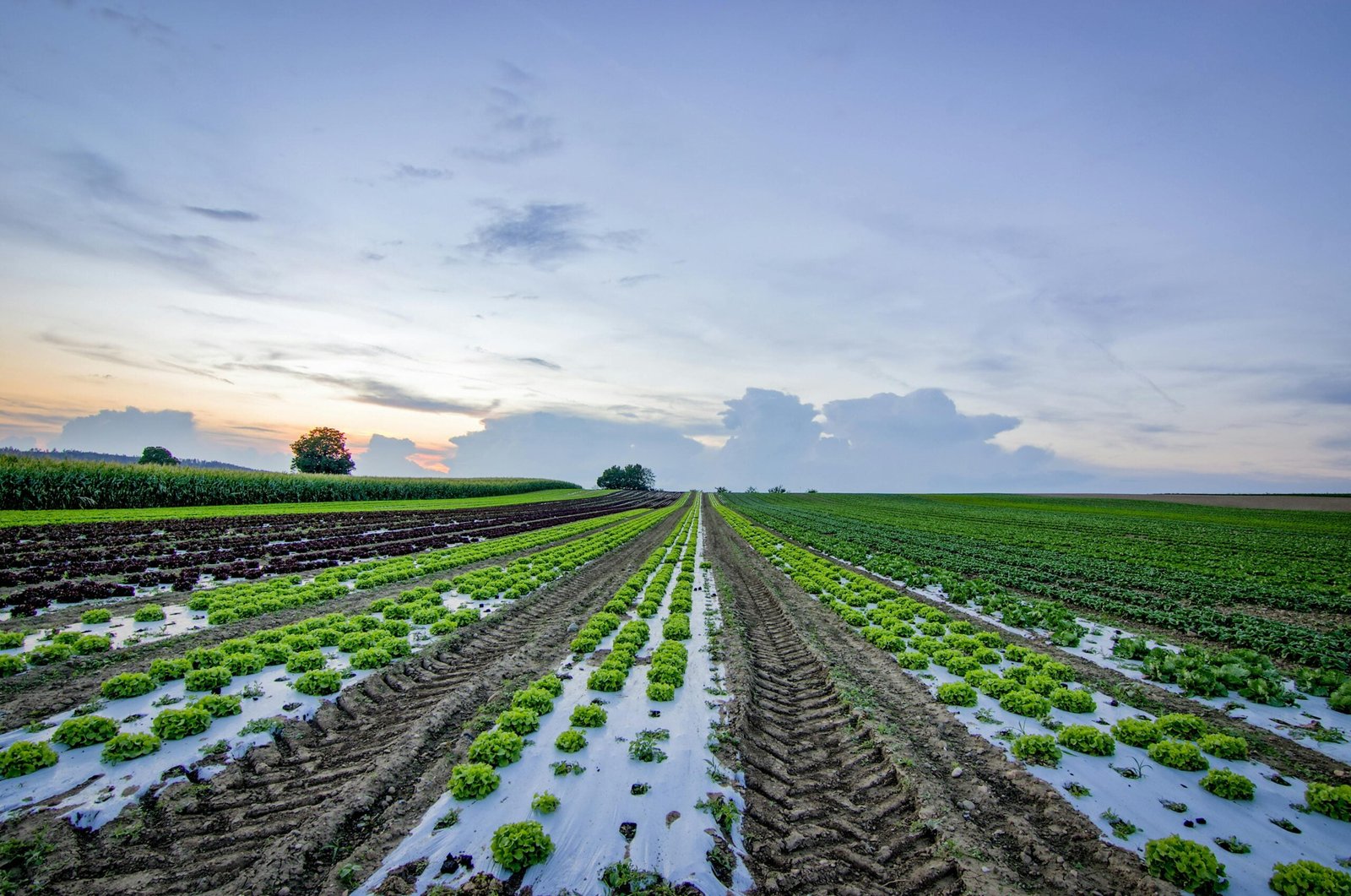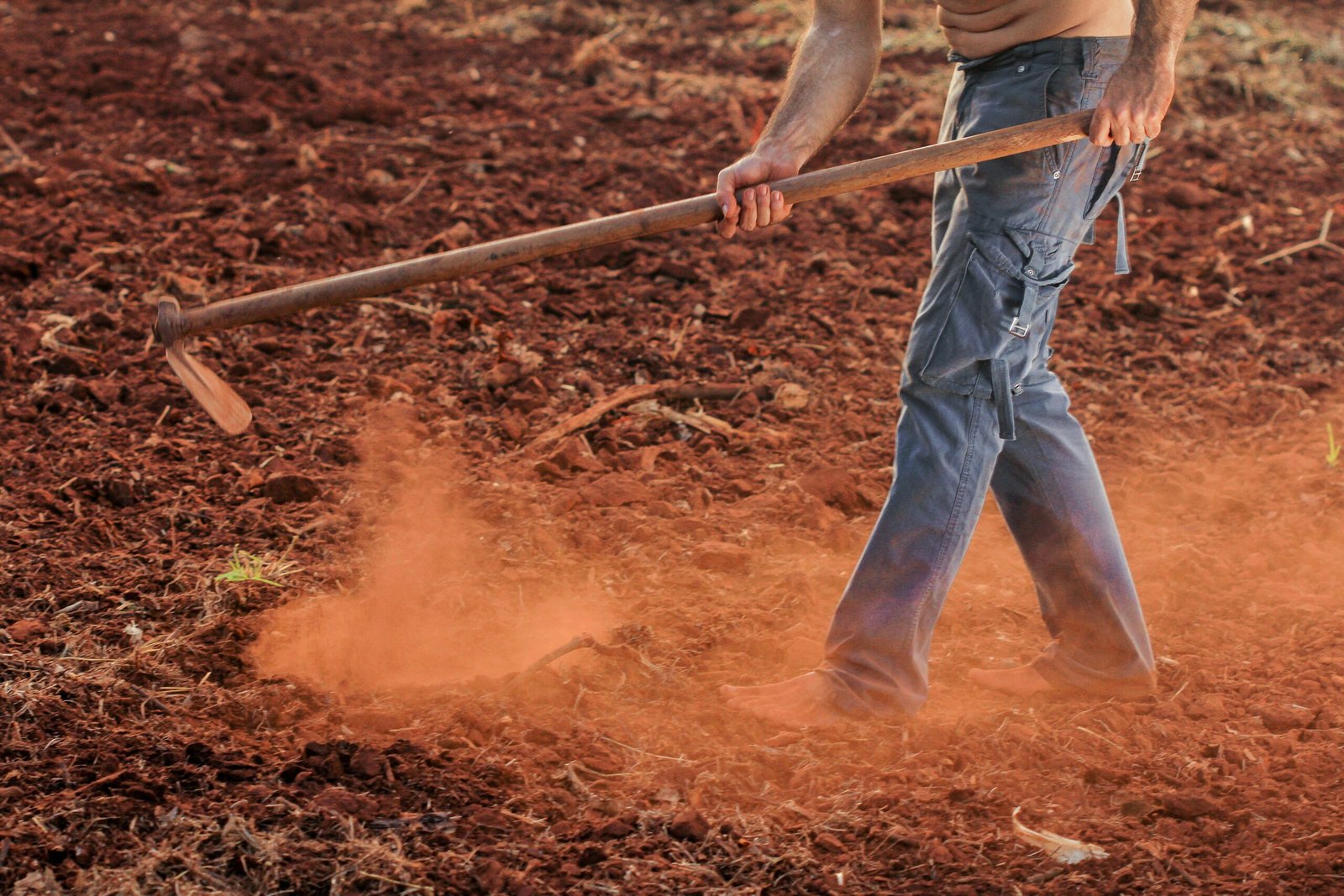
Summary of Contents
Introduction
Have you ever wondered if there’s a way to grow healthy crops without constantly disturbing the soil? No-till farming might just be the answer. Instead of tilling (or plowing) the soil every season, no-till farming keeps the ground intact, letting nature do the work of maintaining soil structure and fertility. On my farm in Northeast India, no-till practices have been game-changing for soil conservation and sustainability.
What No-Till Farming Means
No-till farming is exactly what it sounds like: a farming method where the soil is not tilled or plowed. Instead of turning the soil over, you plant seeds directly into the undisturbed ground. This helps maintain soil structure, reduces erosion, and improves water retention. It’s like letting the soil stay comfy in its “bed” all year round!
Step 1: Start Small with Cover Crops
One of the key components of no-till farming is using cover crops. These are plants like legumes, grasses, or clover that cover the soil when your main crops aren’t growing. Cover crops improve soil fertility, prevent erosion, and keep weeds in check. In Northeast India, farmers often plant millets or pulses as cover crops to enrich the soil before the main planting season.
The best part? You won’t need to break your back with plowing—all you need to do is plant the seeds!
Step 2: Use No-Till Planting Equipment
No-till farming requires specialized equipment for planting, such as a no-till drill or a planter. These tools are designed to cut through the soil surface, place seeds, and cover them without disturbing the ground too much. The key is to minimize soil disturbance while still ensuring good seed-to-soil contact.
If you’re working with a smaller garden or a farm that’s not mechanized, you can manually plant seeds using tools like a dibble stick—it’s simple, effective, and keeps the soil intact.
Step 3: Let Nature Work Its Magic
No-till farming relies heavily on the natural processes happening in the soil. Earthworms and beneficial microbes thrive in undisturbed soil, breaking down organic matter and improving soil fertility. You’ll notice over time that the soil becomes more friable (easier to work with) and nutrient-rich without the need for synthetic fertilizers.
Here in Northeast India, where heavy rains can wash away topsoil, no-till farming has been essential in keeping soil erosion under control. Letting nature do the heavy lifting helps preserve the land’s natural fertility.
Benefits of No-Till Farming
No-till farming comes with several benefits, especially if you’re trying to run an organic or sustainable farm. Here’s what you can expect:
1. Reduces Erosion
By leaving the soil undisturbed, no-till farming keeps the topsoil in place, preventing it from washing away during heavy rains.
2. Improves Water Retention
Undisturbed soil holds moisture better, meaning less frequent watering is needed—a huge plus in dry regions or during droughts.
3. Saves Time and Labor
No tilling means less work! Without the need to plow or prepare the soil, you save time and labor costs.
4. Promotes Soil Health
The natural ecosystem within the soil is preserved, allowing earthworms, microbes, and fungi to thrive, which in turn improves soil fertility.
Challenges of No-Till Farming
Like any farming method, no-till farming has its challenges:

- Weed Control Without tilling, weeds can become a bigger problem. However, this can be managed through cover crops and organic mulching.
- Initial Costs for Equipment Specialized no-till equipment like a no-till drill or planter can be expensive, but it’s a worthwhile long-term investment for larger farms.
Best Practices for No-Till Farming
Here are some best practices to make the most of no-till farming:
- Use Cover Crops
Keep the soil covered during off-seasons to prevent erosion, enrich the soil, and suppress weeds. - Rotate Crops
Rotating crops helps maintain soil health and prevent pest buildup. - Invest in the Right Equipment
For larger farms, no-till drills or planters are essential. For smaller plots, manual planting methods can work just as well.
Economic Insights: No-Till Farming Saves Resources
No-till farming is not only good for the soil but also great for your wallet:
- Lower Input Costs
Since the soil structure is maintained, you’ll need fewer inputs like fertilizers and irrigation. - Time and Labor Savings
With no need to plow or prepare the soil, you save significant time and labor. - Increased Soil Health
Healthier soil leads to better crop yields over time, boosting your farm’s productivity without additional costs.
Conclusion: No-Till Farming for a Healthier Future
No-till farming offers a sustainable, low-maintenance alternative to traditional plowing. By keeping the soil undisturbed, you’re allowing nature to do the hard work, improving soil health, preventing erosion, and saving time and labor. Whether you’re working on a large-scale farm or a small plot, no-till farming is a powerful tool to help you farm smarter, not harder.

FAQ Section
When did no-till farming become popular?
No-till farming started gaining popularity in the 1940s and 1950s, especially in North America, as a way to combat soil erosion and improve water retention.
What does no-till farming mean?
No-till farming is a method where crops are planted directly into undisturbed soil without tilling or plowing. This helps maintain soil structure, reduce erosion, and improve water retention.
Why is no-till farming bad?
Some criticize no-till farming for its potential to increase reliance on herbicides for weed control, especially in large-scale conventional farms. However, organic no-till methods can mitigate this issue.
What are no-till farming practices?
No-till farming practices include direct seeding, using cover crops to protect the soil, and rotating crops to maintain soil health without disturbing the soil structure.
What are the different types of no-till farming?
There are several types, including direct drilling (using no-till planters), strip-till (minimal soil disturbance in rows), and organic no-till (using cover crops and mulch instead of herbicides).
What is the best crop for no-till farming?
Crops like corn, soybeans, wheat, and cover crops such as legumes and grasses are ideal for no-till farming due to their adaptability to undisturbed soil.
What equipment is needed for no-till farming?
The main equipment includes a no-till drill or planter, which plants seeds without disturbing the soil. For smaller farms, a dibble stick or manual seed planter can also be used.
